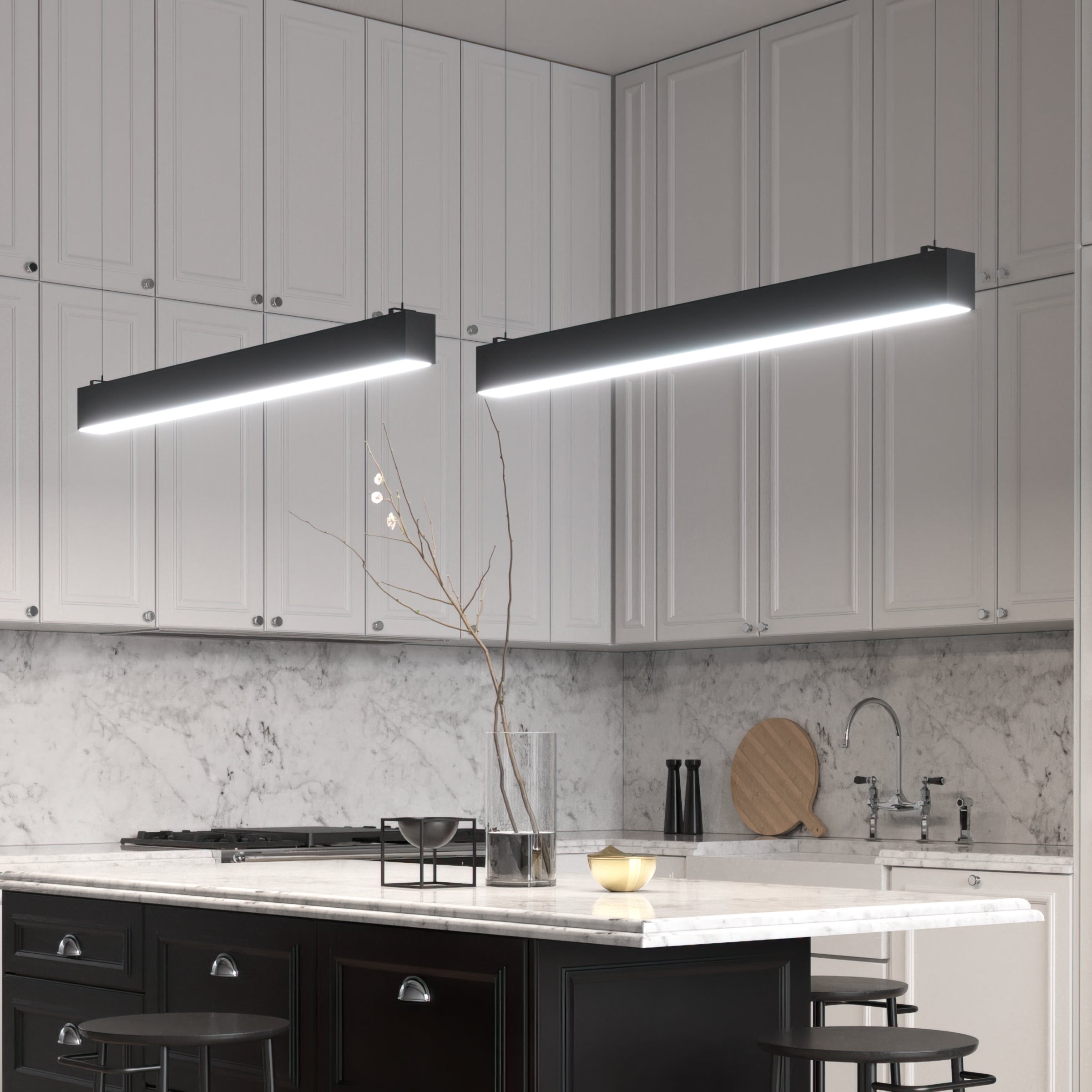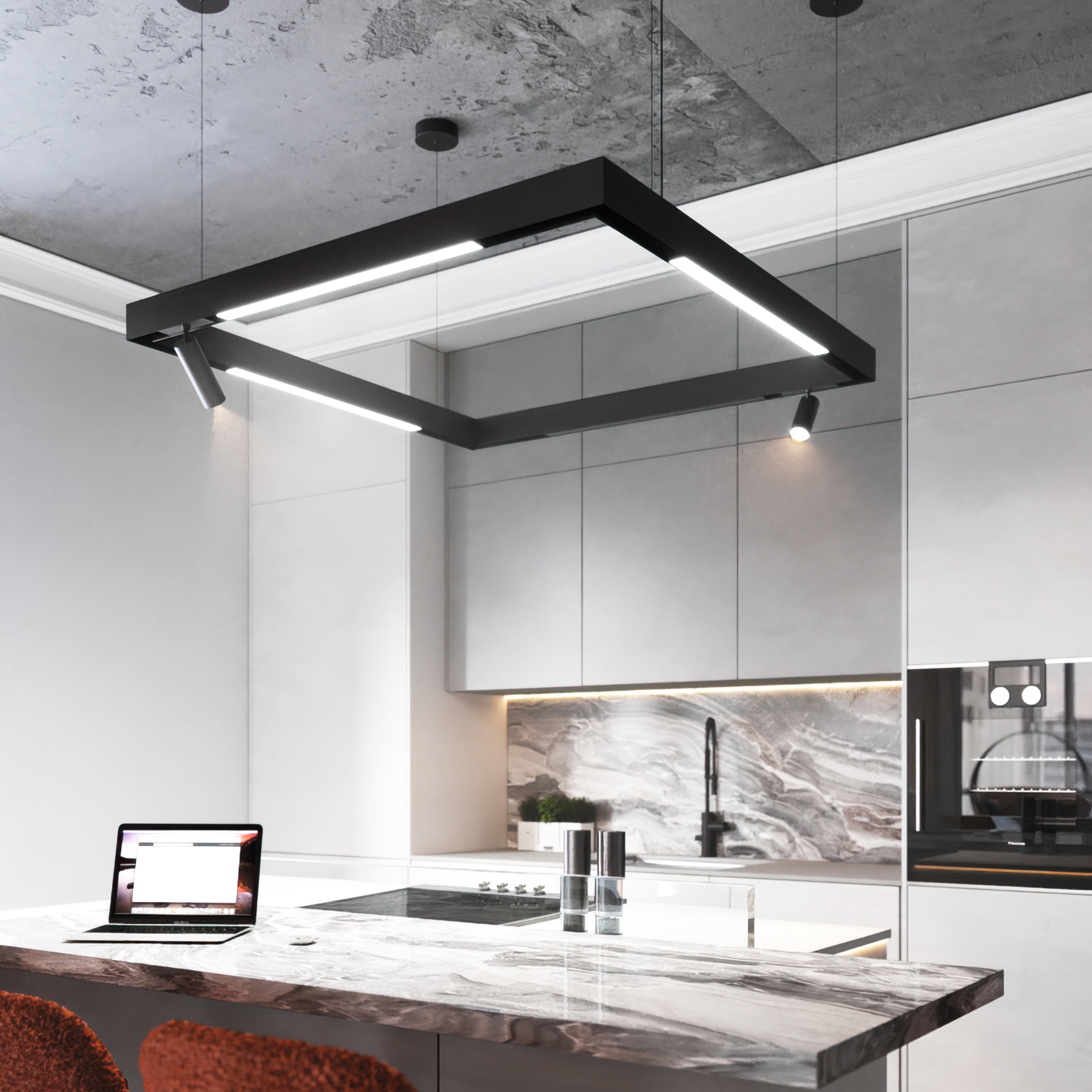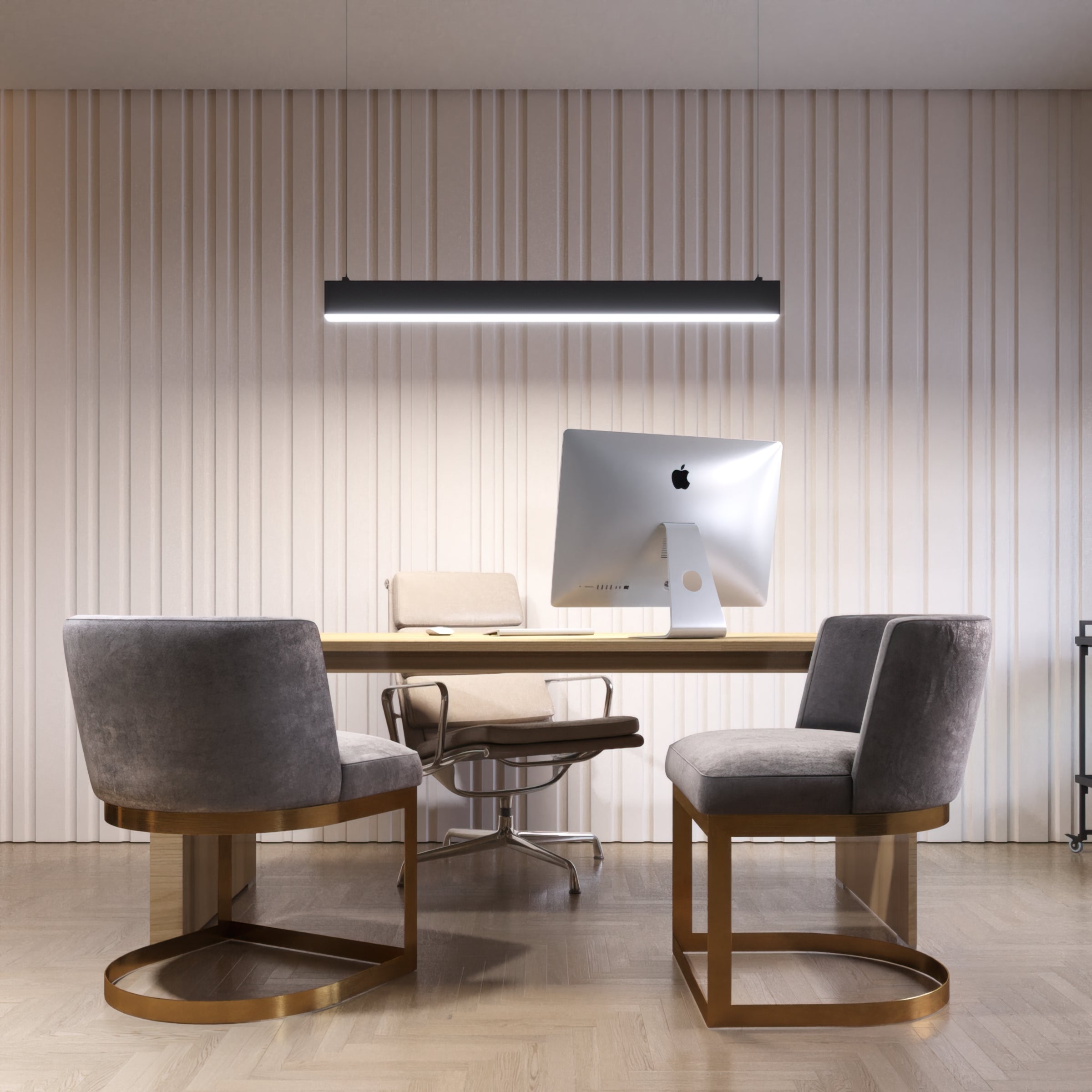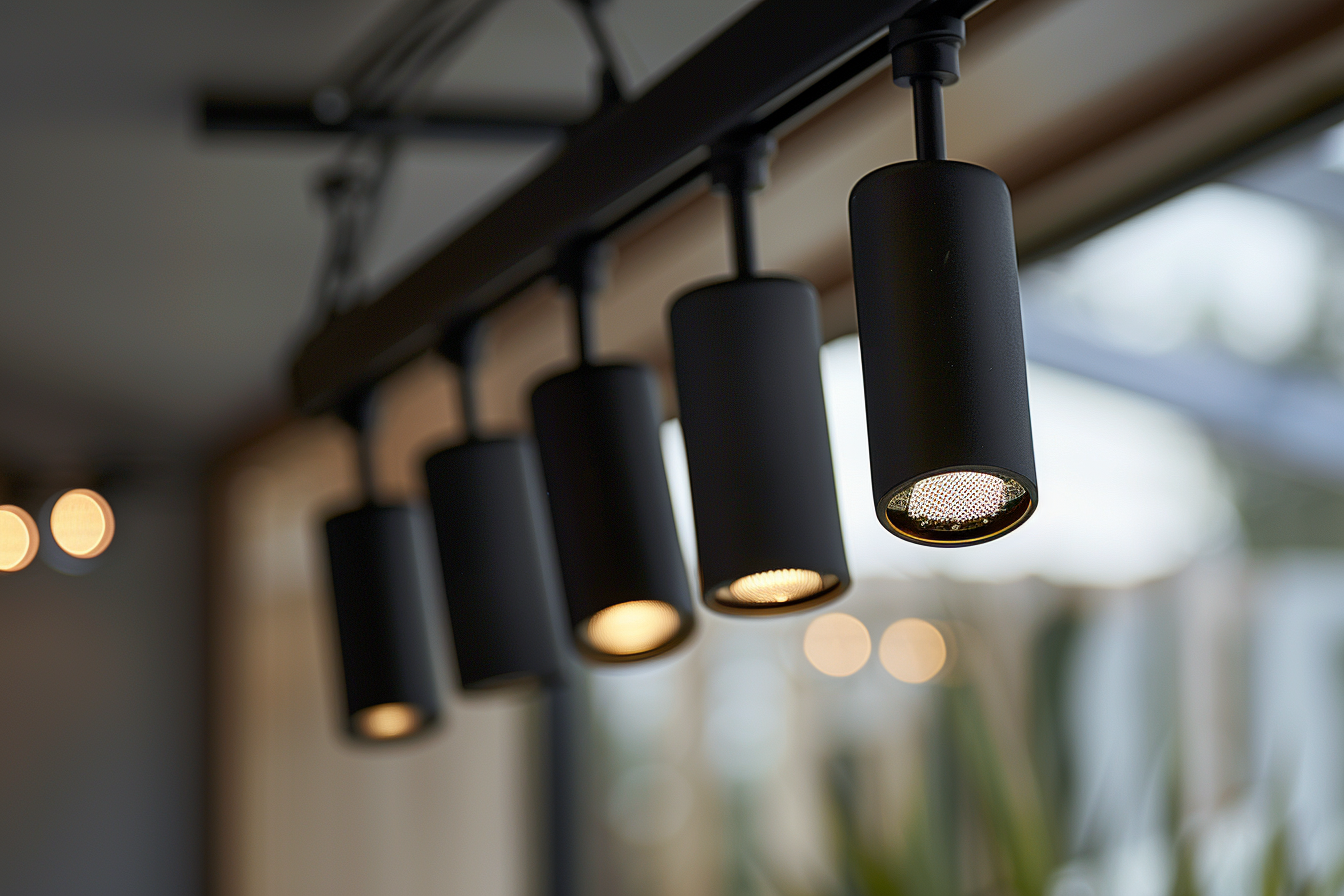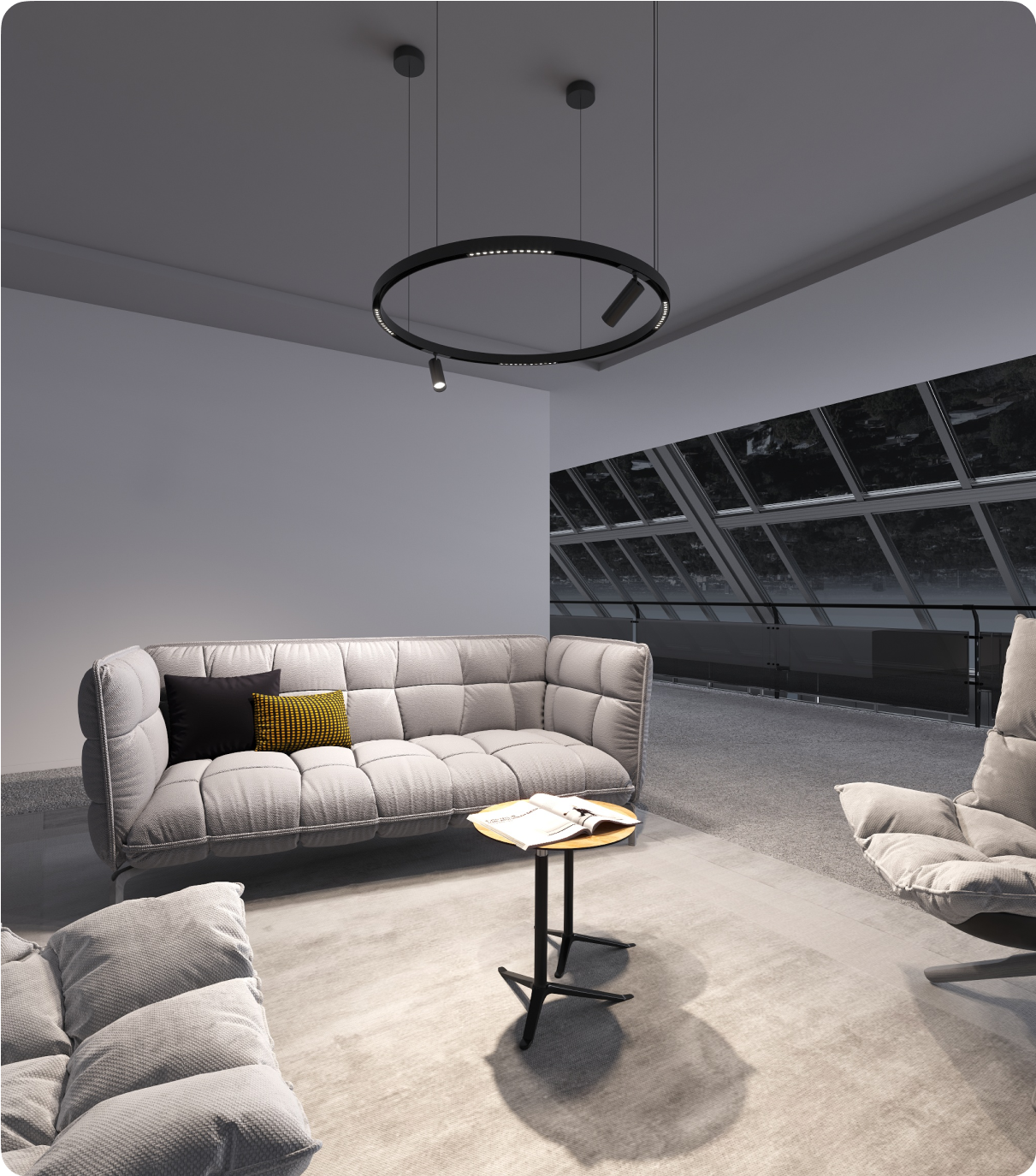Why won't my LED lights turn on no matter what I try? It can be a frustrating experience, especially when you're not sure what's causing the issue. In this post, we'll explore some of the common reasons why your LED lights may not be working and provide some practical solutions to help you troubleshoot the problem. Let's shed some light on this topic!
How Troubleshooting LED Lighting
If you are questioning why my LED lights are not working, there could be various potential reasons. Given the extensive lifespan of an LED lamp, typically over 15,000 hours, a burned-out diode or filament is unlikely unless you have been using the same lamp for a very long period. Thus, when addressing LED lamps that have stopped working, there are several different possible causes to consider and examine.
Faulty Power Supply
If your LED lights aren't turning on and you've recently lost power, it's possible that the power supply is faulty. The power supply is essentially an electrical device that converts the source current into the right frequency and voltage to power your LED lights. If you have spare power supplies, try switching to see if that fixes the problem. If not, purchasing a new power supply may be necessary.
Setting up LED lights can be a bit more complicated than traditional light sources like incandescent bulbs. LED bulbs operate on low-voltage DC, so they need a power supply that can convert 120V/240 AC into the voltage signal used by LED lights, though this can vary by location.
Lastly, the power cord should be inspected for any damages or loose connections that could contribute to the problem.
Voltage Fluctuations
If your home undergoes a sudden change in electrical power, such as a surge or fluctuation, it could potentially damage your LED light. Specifically, if the voltage abruptly rises by over 10-15%, it's highly likely that your LED light won't withstand this sudden electrical increase. Implementing whole-home surge protection is one of the sole measures to prevent such damage.
Bad Contact Connection
If your LED light is not working but has power, it could be due to a faulty pin connection. This issue can be resolved by replacing the pin connection. To identify if this is the problem, disconnect the pin and examine it. Often, these pins can be bent or improperly connected. Regardless, it's always beneficial to check this as a potential cause of the issue.
LED Lamp Circuit Malfunction
LED lights are designed for longevity, but they are not exempt from failure. Sometimes, it's not the bulb that "burns out" but a malfunctioning driver or power unit in the LED light that causes a problem.
For instance, if LED lights are not turning on, you might see an entire segment of an LED light fixture glowing except for a section of 3 LEDs (or 6 LEDs for 24V systems). This can indicate an "open circuit" in that particular section caused by a manufacturing defect or mechanical damage during shipping or installation. That means one of the LEDs or components has become dislodged, disrupting the electrical connection for that LED section.
If you're comfortable with soldering, you could try reheating the solder joints of each LED and component along the non-functioning segment. Alternatively, if the LED light fixture is under warranty, you can request a replacement from your supplier. If neither option is available, the defective segment can be removed by cutting along the cut lines and reconnecting the two sections with connector clips.
Defective Capacitors
One potential cause of your LED lights not working could be faulty capacitors. These small but crucial components of the circuit play a significant role in ensuring the smooth operation of your lights. They help regulate the flow of electricity within the circuit, and if they fail or malfunction, it can lead to your lights not functioning as expected.
However, this does not necessarily mean that you have to invest in a whole new string of lights. There is a more cost-effective solution available. One can simply replace the defective capacitors. This is an option that is often overlooked but can save you from the unnecessary expense of buying a new set of lights.
When you purchase a set of capacitors, it typically includes a variety of types. This variety increases the chances that you will find one that is a perfect fit for your lights. Some capacitors may be designed for higher voltage lights, while others may be better suited for lower voltage ones. This diversity ensures that no matter what type of LED lights you have, there's a good chance you'll find a capacitor that works with your specific lights.
Problems with The Grid
Issues with the electrical grid can prevent cases when your LED lights don't turn on. If the power supply is connected to a surge protector or extension cord, an excessive amount of electricity could result in the loss of your LEDs.
Although LEDs don't use much power, when combined with other devices on the circuit, it's possible for the grid to become overloaded, preventing the LED lights from receiving the necessary power levels.
In such cases, it might be necessary to reassess what other devices are sharing the grid. Consider if there are any devices that could be switched off or if it would be possible to allocate a separate circuit with its own breaker for the device. This could help to avoid overloading a single circuit with too many devices running simultaneously.
Incompatible Switch
At times, you might find that your LED light doesn't seem to work as expected. However, this doesn't necessarily mean there's a direct problem with the LED light itself. One common issue that can arise is when the LED light is used in conjunction with a dimmer switch that isn't designed to be compatible with LED technology. In such a case, the light will fail to turn on. There can also be issues beyond the light itself, like complications with your transformer, fuse, or the electrical wiring in your home. Such issues can hinder the proper operation of your LED light. Unless you possess a significant degree of expertise in the field of electrical systems, it could be risky to attempt to diagnose and fix these problems on your own. The electrical systems in our homes are complex, and attempting to meddle with them can be dangerous if they are not handled properly. Therefore, it's recommended to hire a professional electrician who can inspect your lighting system, identify any potential issues, and remedy them safely and efficiently.
Lower Quality
If you're dealing with a lesser-quality LED strip, you might find its performance disappointing compared to more premium options. In extreme cases, it might not light up at all.
Certain low-quality strips might exhibit flickering or slight dimming when connected to the power supply. Not all will show this issue, but those that do can lead to a waste of your hard-earned money as they don't perform as they should.
You may start to question what sets a high-quality strip apart from those with lackluster performance. Much of the difference lies in the wiring setup.
